Homeplus Stores - Woncheon Branch [Tax Refund Shop] (홈플러스스토어즈 원천)
2.4Km 2024-04-22
437, Jungbu-daero, Yeongtong-gu, Suwon-si, Gyeonggi-do
-
Paldalmun Gate (팔달문)
2.5Km 2021-01-29
780, Jeongjo-ro, Paldal-gu, Suwon-si, Gyeonggi-do
+82-31-228-2765
Paldalmun Gate is the southern gate of Hwaseong Fortress, and its name means "a gate opening to a road that leads to all directions." Among the four gates of Hwaseong Fortress, the northern and southern gates are bigger and more grandiose. The gate has an entrance wide enough to let the king's palanquin pass through and a watchtower over the entrance. Outside of the gate is a crescent-shaped protection wall called ongseong.
Among the ongseong walls found across the country, Paldalmun Gate's ongseong wall stands out in terms of size and form. The hip roof and decorations seen on Paldalmun Gate's watchtower resemble that of fortress watchtowers, and are recognized as representation of late Joseon dynasty's watchtower architecture.
Suwon Hwaseong Special Tourist Zone (수원화성 관광특구)
2.5Km 2024-10-24
780 Jeongjo-ro, Paldal-gu, Suwon-si, Gyeonggi-do
Hwaseong Fortress, Suwon, was built by King Jeongjo, the 22nd ruler of the Joseon dynasty, when he moved the tomb of his father, Crown Prince Sado, to Hwasan Mountain in Suwon. Because of its high historical and cultural value, it was designated as a UNESCO World Heritage Site in 1997. In 2016, the Hwaseong Fortress area, ranging from Paldalsan Mountain to Jangan Park, Yeonmudae Command Post, and Paldalmun Market, was designated as a special tourist zone, establishing itself as a representative tourist destination in Suwon visited by many tourists.
Suwonhyanggyo Confucian School (수원향교)
2.5Km 2022-12-29
107-9, Hyanggyo-ro, Paldal-gu, Suwon-si, Gyeonggi-do
+82-31-245-7639
Suwonhyanggyo Confucian School was built in 1291 in front of Hwasan Mountain in Hwaseong where it stayed for nearly 500 years. It was moved to its current location in 1789 with the construction of Hwaseong Fortress. During the move, some of the original wood was exposed to water and began to rot. These parts were repaired in 1795 and efforts were made to prevent the wooden structure from futher damage. The current school is comprised of various halls, gates, and pavilions. It is registered as Gyeonggi-do Cultural Property and operates programs every summer for regional students.
Suwon Chicken Street (수원통닭거리)
2.5Km 2025-05-22
16 Jeongjo-ro 800beon-gil, Paldal-gu, Suwon-si, Gyeonggi-do
Suwon Chicken Street, located in a small 100 m-long alley on Paldal-ro, Paldal-gu, Suwon, is where about 11 stores, ranging from the original store that opened in 1970 to new ones, serve fried whole chicken. It is the tradition of Suwon Chicken Street to pour oil into a large cauldron and fry chicken. The menu only consists of fried chicken and seasoned fried chicken, but they are gaining popularity for their savory taste, different from those of famous chicken brands. In Suwon Chicken Street, you can meet the granny of “Maehyang Tongdak,” who has been selling fried chicken in Suwon Chicken Street since the 1970s using the chicken she raised in a chicken coop on a stall, as well as the famous “Yongseong Tongdak" and “Jinmi Tongdak" in this alley. The chicken price is low, so you don't have to worry about it. Thanks to plentiful servings and unique taste, the shops on this street are crowded with customers from all over the country, including students, who come having heard of the place by word of mouth.
Suwon World Cup Stadium (수원월드컵경기장)
2.6Km 2021-05-26
310, World cup-ro, Paldal-gu, Suwon-si, Gyeonggi-do
+82-31-202-2002
Suwon World Cup Stadium boasts a massive seating capacity of 43,959. The concept of its roof was inspired by the image of a bird in flight. It hosted World Cup matches during the 2002 FIFA World Cup Korea/Japan, and is home to Suwon FC.
Suwon Jidong Mural Village (수원 지동벽화마을)
2.6Km 2024-10-24
75-5 Changnyongmun-ro, Paldal-gu, Suwon-si, Gyeonggi-do
A friendly alley with Kuk Yeonsoo’s house
Jidong Mural Village is a neighborhood with many winding alleys where Kuk Yeonsoo lived. Murals with seven themes are painted on the 6km-long road, so just walking along the pictures is as fun as a treasure hunt. As you walk, you will see a familiar green gate next to Jidong Supermarket, which is the house of Kuk Yeonsoo in the drama. As rainbow murals often appeared on the opposite side in the drama, there are many fans who take proof shots here.
Nostalgic Dalgona (추억의달고나)
2.6Km 2024-02-01
44 Haenggung-ro, Paldal-gu, Suwon-si, Gyeonggi-do
At Nostalgic Dalgona, visitors can make and eat dalgona, a snack that has become world-famous as it frequently appears in Korean content such as drama series like Netflix's Squid Game and entertainment shows. The recipe requires using a ladle and heat to dissolve sugar mixed with a small amount of baking soda. Once dissolved, pour out the caramel-like mix onto a tray, then stamp the surface with a cookie cutter of a preferred shape, such as heart, animal figure, or umbrella. The process of tearing off the edges along the pattern like from the scene in Squid Game can be quite a challenge and fun at the same time.
Suwon Hwaseong Museum Themed Exhibition Banghwasuryujeong Pavilion (수원화성박물관 테마전 방화수류정)
2.7Km 2025-07-14
21 Changnyong-daero, Paldal-gu, Suwon-si, Gyeonggi-do
+82-31-228-4209
Banghwasuryujeong Pavilion stands looking over the Hwahongmun Gate and Yongyeon Pond and is a place where the aspirations of King Jeongjo live on. Suwon Hwaseong Fortress has a total of four pavilions, and Banghwasuryujeong Pavilion is located on the northwestern side of the fortress. The fortresses were built to act as a watchtower for keeping an eye on outside invasion, with Banghwasuryujeong Pavilion being located at the most strategic point. Although it was built as a military watchtower, it was designed to also act as a pavilion, and Banghwasuryujeong Pavilion was recognized as a National Treasure in 2011 for outstanding techniques and aesthetics that represent the Joseon dynasty in the 18th century.
Suwon Workshop Street (수원 공방거리)
2.7Km 2024-12-11
Namchang-dong, Paldal-gu, Suwon-si, Gyeonggi-do
Suwon Workshop Street stretches from the plaza of Hwaseong Haenggung Palace to the Nammun Rodeo Youth Culture Performance Hall near Paldalmun Gate. The street is lined with workshops where artists display and sell their handmade crafts. Visitors can engage in various craft experiences, including woodcraft, hanji (traditional Korean paper) craft, ribbon craft, sewing, and metalworking, while also shopping for unique handmade items. In addition to the workshops, the street features Haenggung Sarangchae, a cozy spot for travelers to unwind, the Museum of Memories, and several charming cafés.
![Homeplus Stores - Woncheon Branch [Tax Refund Shop] (홈플러스스토어즈 원천)](http://tong.visitkorea.or.kr/cms/resource/13/2888113_image2_1.jpg)
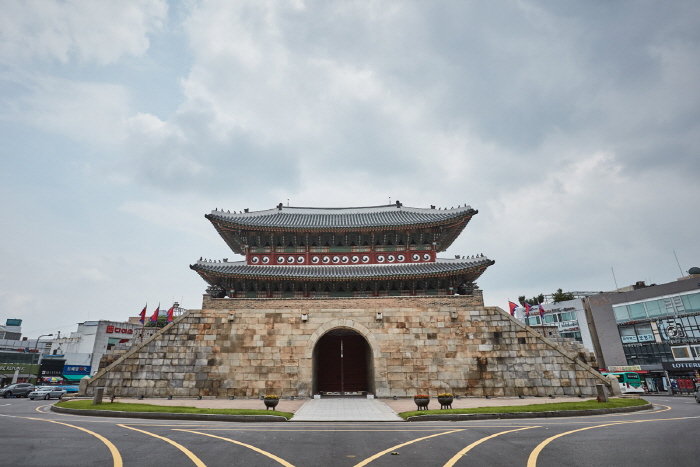
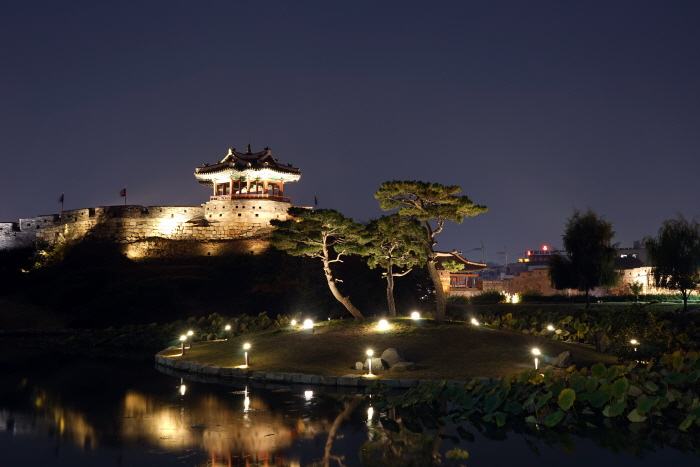
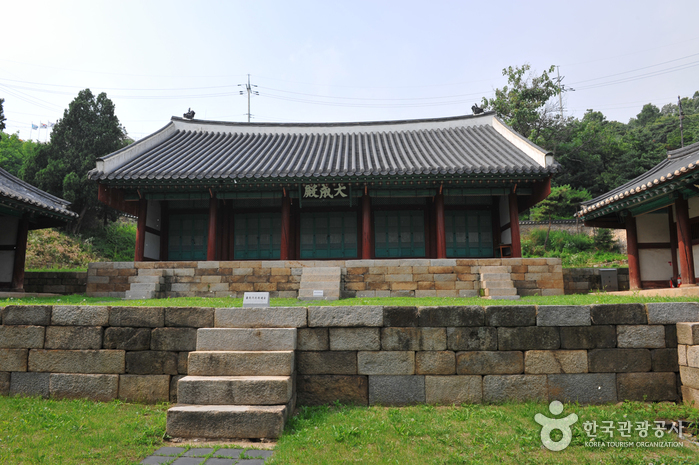


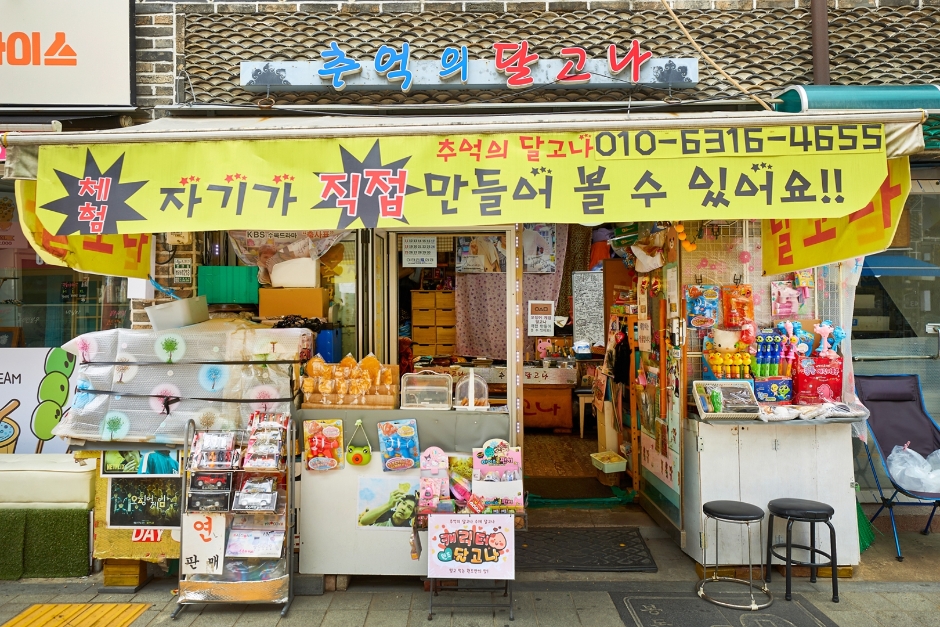
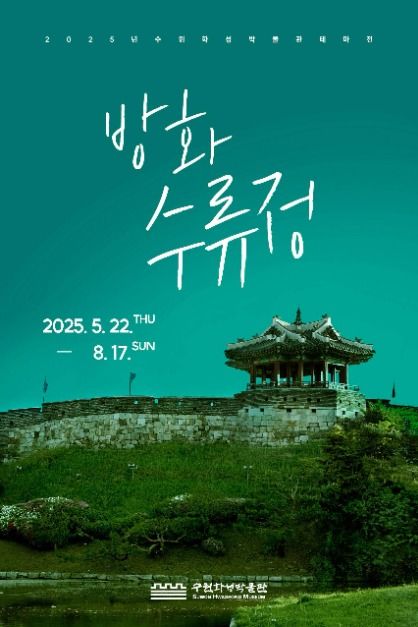
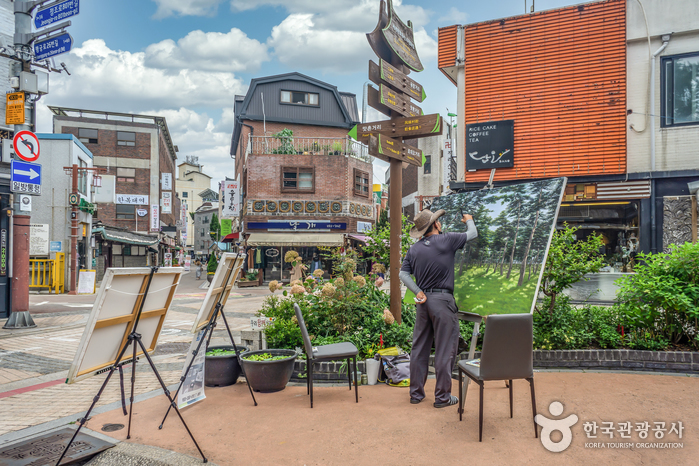
 English
English
 한국어
한국어 日本語
日本語 中文(简体)
中文(简体) Deutsch
Deutsch Français
Français Español
Español Русский
Русский